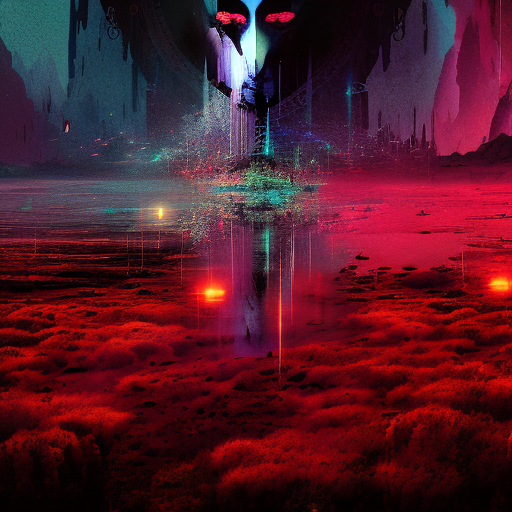The Illustrated Man: A Collection of Dark and Thought-Provoking Tales
Ray Bradbury’s The Illustrated Man is a captivating collection of eighteen science fiction and fantasy short stories that explore the depths of human nature and the consequences of our actions. Each story is linked by the common thread of a mysterious tattooed man whose body comes to life, revealing a series of vivid and haunting illustrations that tell the stories within the book. With themes ranging from the dangers of technology to the fragility of human relationships, Bradbury’s masterful storytelling and imaginative prose make The Illustrated Man a timeless classic that continues to resonate with readers today.
The Power and Perils of Technology
One of the recurring themes in The Illustrated Man is the power and perils of technology. In stories like “The Veldt” and “Marionettes, Inc.,” Bradbury explores the dark side of technological advancements and the potential consequences they may have on humanity. In “The Veldt,” a futuristic nursery room becomes a deadly trap as the children’s virtual reality fantasies turn into a horrifying reality. Similarly, “Marionettes, Inc.” delves into the dangers of creating lifelike robotic doubles and the havoc they can wreak on human relationships. These cautionary tales serve as a reminder of the potential dangers of becoming too reliant on technology and losing touch with our humanity.
The Fragility of Human Relationships
Another prominent theme in The Illustrated Man is the fragility of human relationships. In stories like “The Other Foot” and “The Rocket Man,” Bradbury explores the complexities of love, loss, and the emotional toll they can take on individuals. “The Other Foot” tells the story of a group of African Americans who settle on Mars and must confront their feelings of anger and resentment towards their former oppressors. Meanwhile, “The Rocket Man” follows the struggles of a family torn apart by the father’s dangerous job as an astronaut. These stories highlight the delicate nature of human connections and the profound impact they can have on our lives.
The Dark Side of Human Nature
Bradbury also delves into the dark side of human nature in The Illustrated Man. In stories like “The Man,” “The Long Rain,” and “The Exiles,” he explores themes of loneliness, isolation, and the destructive tendencies that can arise when individuals are pushed to their limits. “The Man” tells the story of a solitary survivor on a post-apocalyptic Earth, while “The Long Rain” follows a group of astronauts stranded on a planet where rain never ceases. “The Exiles” imagines a world where banned books and their characters come to life, seeking revenge on their creators. These stories serve as a reminder of the potential darkness that resides within us all and the consequences of our actions.
Key Takeaways:
- Technology can have both positive and negative impacts on humanity.
- Human relationships are fragile and require care and attention to thrive.
- Darkness and destructive tendencies can reside within every individual.
“We’re all fools,” said Clemens, “all the time. It’s just we’re a different kind each day. We think, I’m not a fool today. I’ve learned my lesson. I was a fool yesterday but not this morning. Then tomorrow we find out that, yes, we were a fool today too. I think the only way we can grow and get on in this world is to accept the fact we’re not perfect and live accordingly.”
In The Illustrated Man, Ray Bradbury weaves together a collection of thought-provoking tales that explore the depths of human nature and the consequences of our actions. Through his vivid storytelling and imaginative prose, Bradbury reminds us of the power and perils of technology, the fragility of human relationships, and the dark side that resides within us all. This timeless classic serves as a poignant reminder of the complexities of the human experience and the importance of self-reflection and growth.












